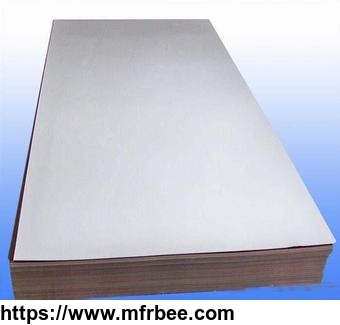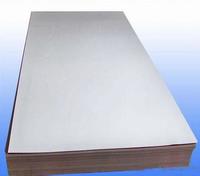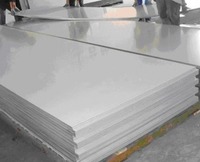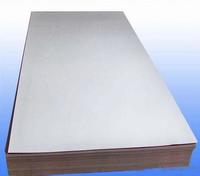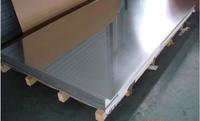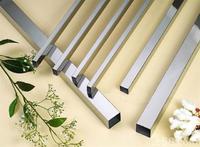304L 2B Stainless Steel Sheet
Product Quick Detail
- Place Of Origin
- china
- Minimum Order
- 1
- Packaging
- By bulk or Containers
- Delivery
- 15 Days
Specifications
304L 2BStainless Steel Sheet
Thickness: 0.4mm to 3.0mm
Width: 20mm to 1520 mm
Finish: 2B, BA, No.4, HL, Mirror
304L 2BStainless Steel SheetApplications
Medical Parts, Surgical Parts, Tubing, Flexible Metal Hose, Bellows
304L 2BStainless Steel SheetDescription
304L has oxidation resistance to a maximum temperature of 1650°F (899°C) continuously without appreciable scaling. The maximum temperature for intermittent exposure is 1500°F (816°C). Since 304L is an extra low-carbon variation of 304 it can often be used in the “as-welded” condition (without annealing), even in severe corrosive conditions, except for applications specifying stress relief. 304L has good welding characteristics and can be welded by all standard methods but attention needs to be paid to avoid weld “hot cracking”. Welding may be followed by annealing to relieve stresses during severe forming or spinning.
304L 2BStainless Steel SheetChemistry Typical
Carbon: 0.03 max
Chromium: 18.00 – 20.00
Manganese: 2.0 max
Nickel: 8.00 – 12.00
Phosphorus: 0.045 max
Silicon: 1.0 max
Sulphur : 0.03 max
Iron: Balance
304L 2BStainless Steel SheetPackaging & Delivery
Packaging:Wooden pallets,water proof paper;
Delivery: 20 Days Within 1000 Mt;
Shipment: By Containers;
Supply ability: 1000 metric tons/ month;
Payment terms: L/C, T/T;
Standard: ASTM, ASME, AISI, JIS, DIN, EN, ISO, GB etc.
Technique: Hot rolled, cold rolled
- Country: China (Mainland)
- Business Type: jianhui metals group
- Market: Africa,Middle East,Oceania,Asia
- Founded Year: 2005
- Address: 15F, No.3 Building, Futian Fortune Plaza, No.8 Street, Hanghai Road, Economic and Technological Deve
- Contact: kevin feng
